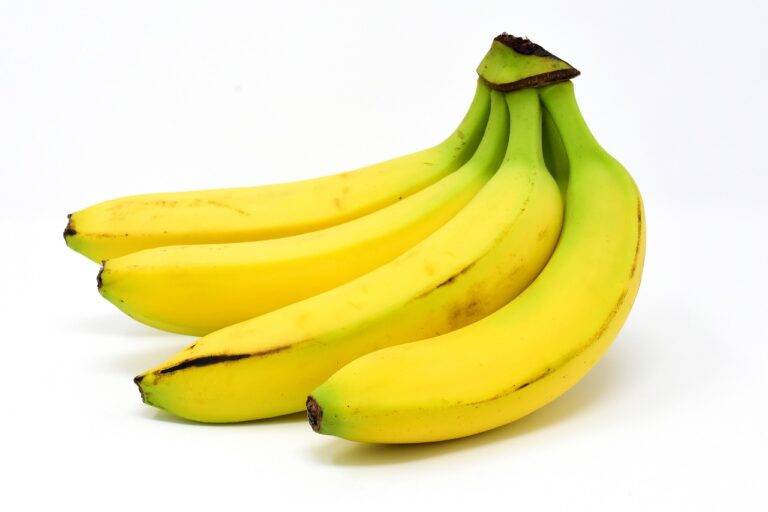Sustainable Seafood: Balancing Conservation with Culinary Delight
Choosing sustainable seafood is crucial for the health of our oceans and marine life. By opting for seafood that is sourced in an environmentally responsible manner, we can help to protect vulnerable marine species and the delicate balance of marine ecosystems. Sustainable fishing practices aim to ensure the long-term viability of fish populations, safeguarding the biodiversity of our oceans for future generations to enjoy.
Furthermore, selecting sustainable seafood also has positive implications for human health. By consuming seafood that is harvested sustainably, we can reduce our exposure to harmful chemicals and contaminants often found in seafood from unsustainable sources. By making informed choices about the seafood we buy and consume, we can support efforts to promote sustainable fisheries and protect both our oceans and ourselves.
Understanding the Impact of Overfishing
Overfishing, driven by the relentless demand for seafood, has serious consequences on marine ecosystems worldwide. The depletion of fish populations disrupts the balance of aquatic life, leading to cascading effects throughout the food chain. This not only threatens the survival of various species but also undermines the stability of marine habitats.
Furthermore, overfishing can have significant economic implications for fisheries and coastal communities that depend on seafood resources for their livelihoods. As fish stocks decline, fishermen may struggle to make ends meet, leading to job losses and economic hardships. The depletion of fish populations can also impact the tourism industry, as dwindling marine biodiversity diminishes the attractiveness of coastal areas for visitors.
Why is choosing sustainable seafood important?
Choosing sustainable seafood helps to prevent overfishing and ensure the long-term health of our oceans and marine ecosystems.
What are some consequences of overfishing?
Overfishing can lead to depleted fish populations, loss of biodiversity, and disruptions to marine food chains.
How can consumers help combat overfishing?
Consumers can help combat overfishing by choosing sustainable seafood options, supporting fisheries and seafood suppliers that follow sustainable practices, and advocating for stronger fisheries management policies.
What are some examples of sustainable seafood options?
Some examples of sustainable seafood options include wild-caught Alaskan salmon, farmed rainbow trout, and Pacific sardines.
How can overfishing impact local communities that rely on fishing for their livelihood?
Overfishing can threaten the livelihoods of local fishing communities by reducing fish stocks and limiting their ability to catch fish for food and income.





